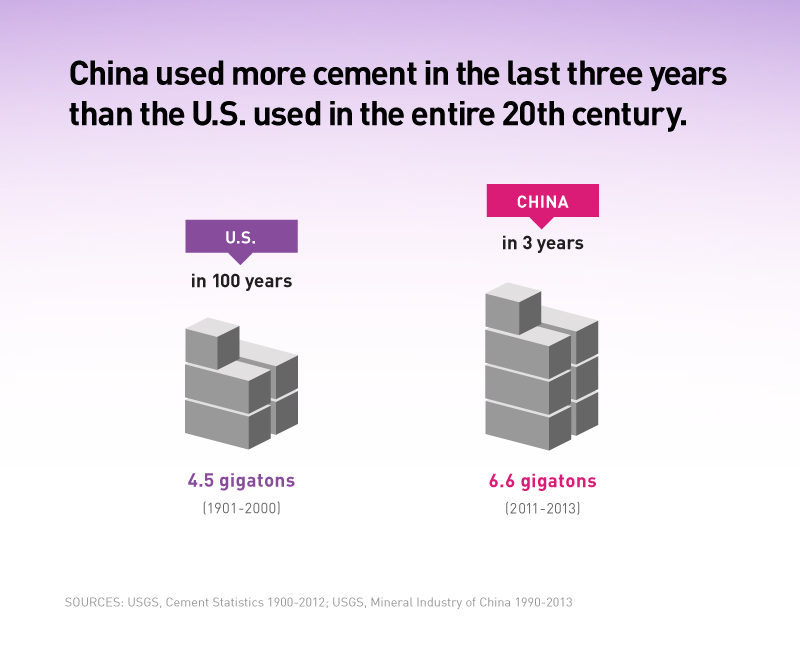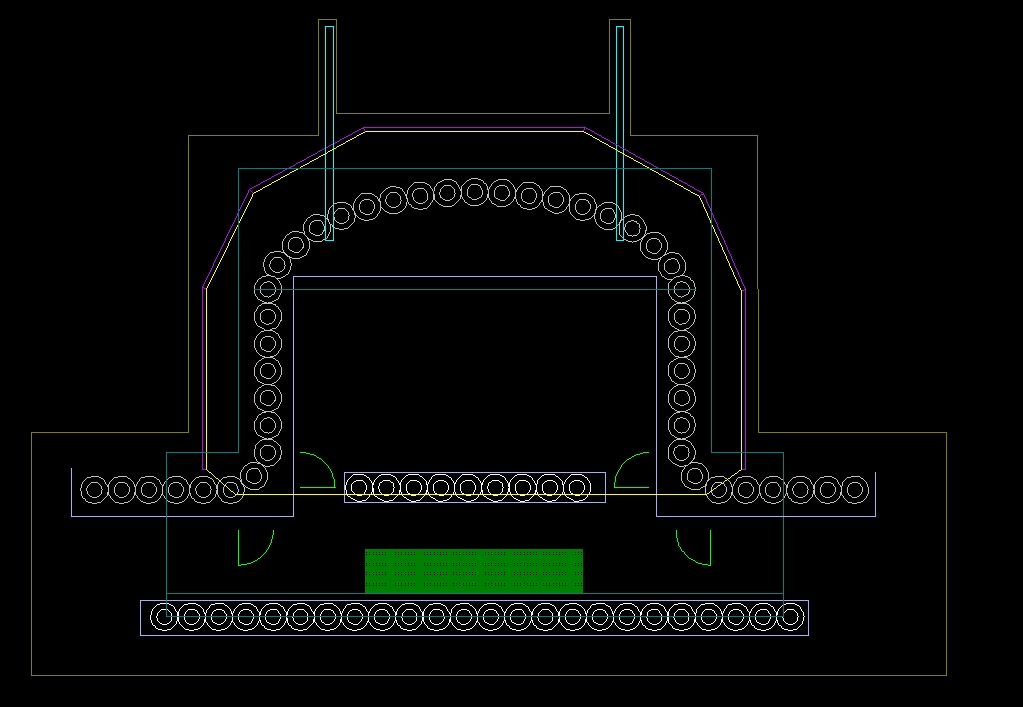The first ever Earthship and environmental technology centre in China
The Earthship idea has been developed and refined for over 30 years. It started with an american architect called Michael Reynolds who started building his alternative buildings in the deserts of Taos, New Mexico. The Earthship is an all-encompassing off the grid building that provides: heating, cooling, electric power, drinking water, water heating, vegetable production and sewage treatment in one self sustained unit.
At Zen Quest we spend most of our time outside enjoying some of the most beautiful natural environments on earth. We love these places and want to help conserve and protect them and pass on to our clients our enthusiasm for natural building and environmental technology. Here in China the pace of change is staggeringly fast, we have seen small villages turn into popular tourist destinations in only a few years. This brings litter and pollution as buildings are flung up with seemingly reckless abandon, ancient trees are replaced with concrete and steel as the greedy developers cannot see beyond their short term profits. Bill Gates on his blog in December 2014 shared an astonishing statistic from Vaclav Smils book Making the Modern World: China has used more cement in the last 3 years than America has in over 100 years.

Read Bill Gates’s blog post here. Read about Vaclav Smil here.
So we thought it would be a good idea to start with creating a building that does not use any concrete or cement (the main ingredient of concrete). Don’t get me wrong, concrete and cement are fantastic inventions that are the backbone of the world we live in today, however the production of these materials is very energy intensive and leaves a huge carbon footprint. China has a long history of building with earth and we aim to help keep this traditional building technique alive in our earthship project.
The design ideas and concepts in an Earthship have mutated and evolved over the years to the point where there is now discussions around what actually constitutes an Earthship. Currently Earthships incorporate a range of the following systems and technologies:
- Passive heating
- Passive cooling
- Electricity generation
- Water collection
- Water treatment
- Water heating
- Vegetable production
- Thermal mass
- Insulation
- Mostly rammed earth car tyres for main wall construction
So for Zen Quests purposes it's a good time to list what we classify an Earthship to be. Our earthship will make use of a range of the above systems and technologies, we may substitute parts of the original building design, systems and construction techniques for other natural building methods that suit the location. The original earthship is at home in the deserts of Taos, and well ‘you would not build an igloo in the desert’ now would you? So some parts of the Earthship need to be changed to work most effectively at 2000m altitude, western Yunnan China. People who know about earthships will point to Michael Reynolds ‘Global Model Earthship’ which is meant to work all over the world. However as tests from Europe show, this claim is a little far fetched, also the global model makes use of too much Synthetic insulation, concrete and other energy intensive man made materials. Again we are a great admirer of the Earthship program and the innovations that came from Taos community. We feel we are in a great situation to expand and develop the original idea.

We are going to integrate the Internet of Things into our Earthship. Something which the team in Taos seams lacking in is scientific research and precise measurement of their buildings performances. We will start with temperature and install temperature sensors in the walls floor and ceiling of our Earthship. We will feed the data live to our website where it can be collected and analysed by anyone. Second we will design a micro computer management system to open and close the cold and hot air vents in our Earthship based on readings from the temperature sensors embedded throughout the building. This will make for a much more controlled living environment without the need to get up in the middle of the night to close a vent, and this is just the beginning.
